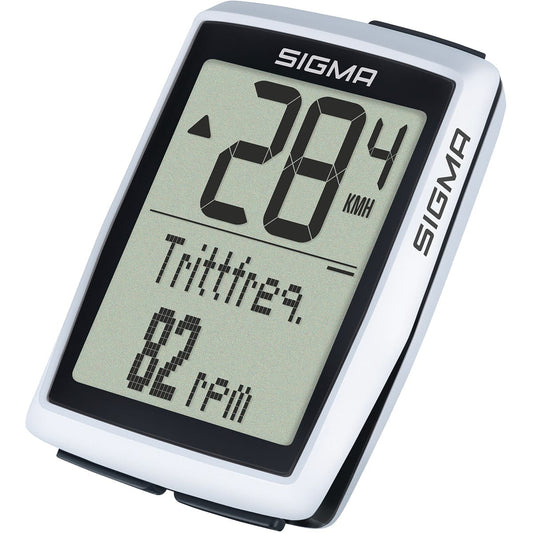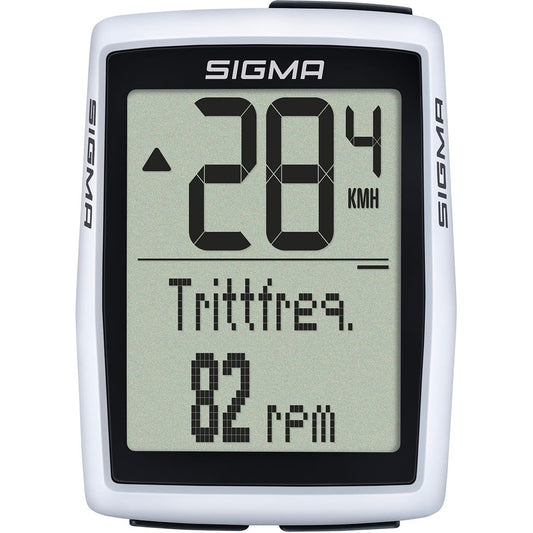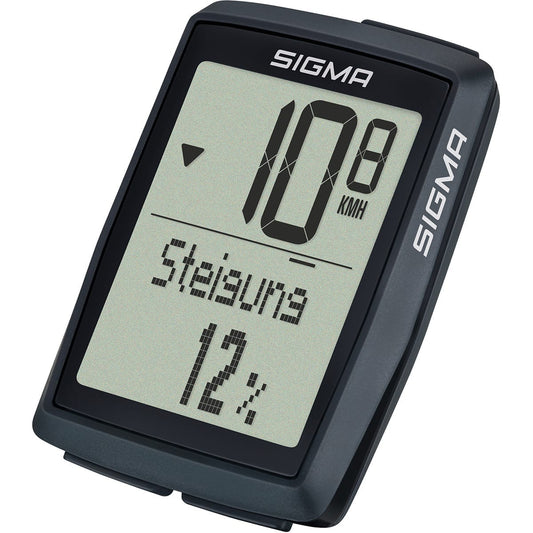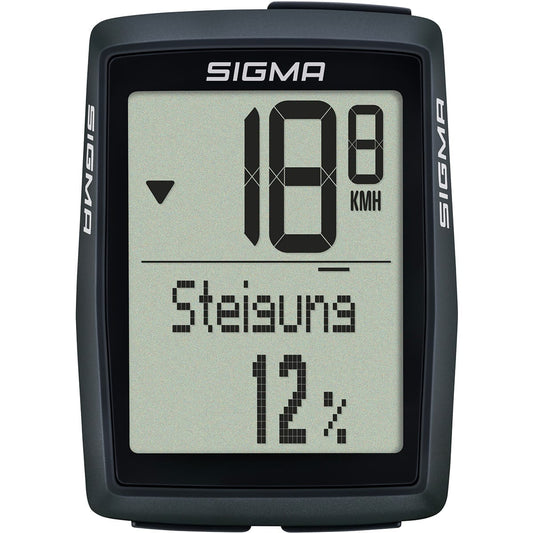Cycling is an outdoor sport that allows you to expend your energy and achieve a pleasant sense of freedom. To help you with your cycling the bike computer collects useful data such as speed and distance during your outing.
This indispensable tool for cyclists is just as useful for sport as it is for bike-tafing or Sunday outings. From the simplest to the most complete, there are three types of computer: wired, wireless and GPS. Let's take a look at the first two options and guide you in your choice.
How does a bike computer work?
This small electronic device provides real-time information about your bike. It's made up of several parts, such as the display, the speed sensor and the magnet that collects the data. Usually mounted on the handlebars or stemthe display centralizes the information gathered by these parts on the bike or rider.
It is necessary to enter the wheel circumference when using the device for the first time. Placed on a spoke of the front wheel, a magnet generates data each time it crosses a sensor fixed to the fork.
The sensor then transmits this reading to the computer, which uses the wheel circumference to calculate the speed and distance covered, informing the cyclist in real time.
The computer can be powered by battery or rechargeable cells.
TYPES OF SPEEDOMETERS
The wired meter
Despite technological advances in this field, you'll still find wired computers that you'll have to connect to your bike's wheel. Slightly more complex to install and less aesthetically pleasing, it's clear that these meters are only used by a minority of cyclists today.
As an entry-level meter, the wired meter offers basic data functions with perfect transmission speed, so you can find information such as instantaneous speed, distance covered and total distance, time, travel time, etc. Less expensive than a wireless meter, this type of meter is perfectly suited to touring and city use.
Wireless speedometers
For greater connectivity and better training follow-up, opt for a wireless model.
The main advantage of a wireless computer is its ease of installation. A wireless computer will also be easier to use on several bikes, notably by purchasing an additional bracket. What's more, it's perfectly suited to MOUNTAIN BIKING with no risk of suspension or branches snagging the wire.
Some connected computers feature applications compatible with Smartphone (Android or IOS) or PC (Windows or Mac OS) operating systems. They display your data for more precise analysis.
However, you need to check the compatibility of the signals (ANT+, Bluetooth, NFC, etc.) transmitted to the wireless meters by the sensors.
METER FUNCTIONS
A real information center, the computer lets you track all your performance live. Depending on the model, you can customize the main screen to display your most important data: knowing your instantaneous speed, the number of kilometers you've ridden or the time you've been active will help you plan your outings more effectively, and provide extra motivation by associating your sensations with a precise figure.
Visit catalog of functions is extensive and goes beyond basic data. Depending on the computer model, you can find out your average speed, instantaneous power, maximum speed, altimeter, heart rate, pedaling cadence and number of calories burned, for an even more comprehensive training follow-up.
The use of a computer is not limited to your bike outing, but continues at home, when you're resting, when you're on the move, etc. analyzing your various performances. To do this, simply extract all the data from your most recent sessions. Thanks to various comparative tables and graphs, you'll have a host of invaluable tools to help you progress, and above all to measure your progress over time.
All this data is particularly useful for planning your training, managing your level of fatigue and knowing your state of fitness. What's more, storing your sessions in a database means you can consult them later, for example, to remind yourself of planning that worked, or to compare your practice from one year to the next.
Selection criteria
Type of practice
The choice of computer depends on how it will be used. The more intensive your activity, the more you'll need to know about a wide range of parameters to better analyze your activities.
For simple strolls or occasional use, an electronic model with simple measurements, such as speed or mileage, will suffice for indicative information.
If you want to improve your performance, heart rate, pedaling cadence or interval functions, which determine a precise time period within your workout, will prove invaluable.
Meter ergonomics
During your effort, the screen is consulted while moving at speed, so you need to make sure your data is easy to read. Backlighting and anti-glare protection in sunlight can be important criteria for enhancing your safety on the bike.
After all, while you're looking at your speedometer, your attention isn't focused on the road. What's more, your screen shouldn't be overloaded with information, just essential data.
Meter autonomy
Depending on how long you've been out cycling, autonomy is obviously an important factor, so you don't have to worry about a low battery or your computer shutting down prematurely while you're out cycling.
Today, some computers display the battery status directly on the display, so you can see if the battery life is sufficient. If you want to save money, set up automatic shutdowns so that your computer stops when you're stationary.
Meter sealing
The level of waterproofness of the meter can be important, especially for enthusiasts who don't hesitate to ride in the rain. To do this, check the device's IPX level. With an IPX 6 or 7, you can ride in the rain without fear of burning out the computer. And even if you tend to ride in good weather, it's better to have a waterproof device in case of unexpected weather changes.
Ease of use
Finally, ease of use can be a decisive criterion when making your choice. Whether on or off the bike, it's always more pleasant not to waste time with technology, so your bike computer needs to be ergonomic and easy to access so you can consult it quickly and safely. Also, don't choose a device that's too complicated to set up, as you might get bored with the amount of information available to set.
Découvrez tous nos conseils & Tutoriels
ACCESSORIES - Bike Computers
-


SIGMA BC 12.0 WL STS wireless computer
Regular price 44,99 €Regular priceUnit price per -


SIGMA BC 14.0 WL STS wireless computer
Regular price 64,99 €Regular priceUnit price per



